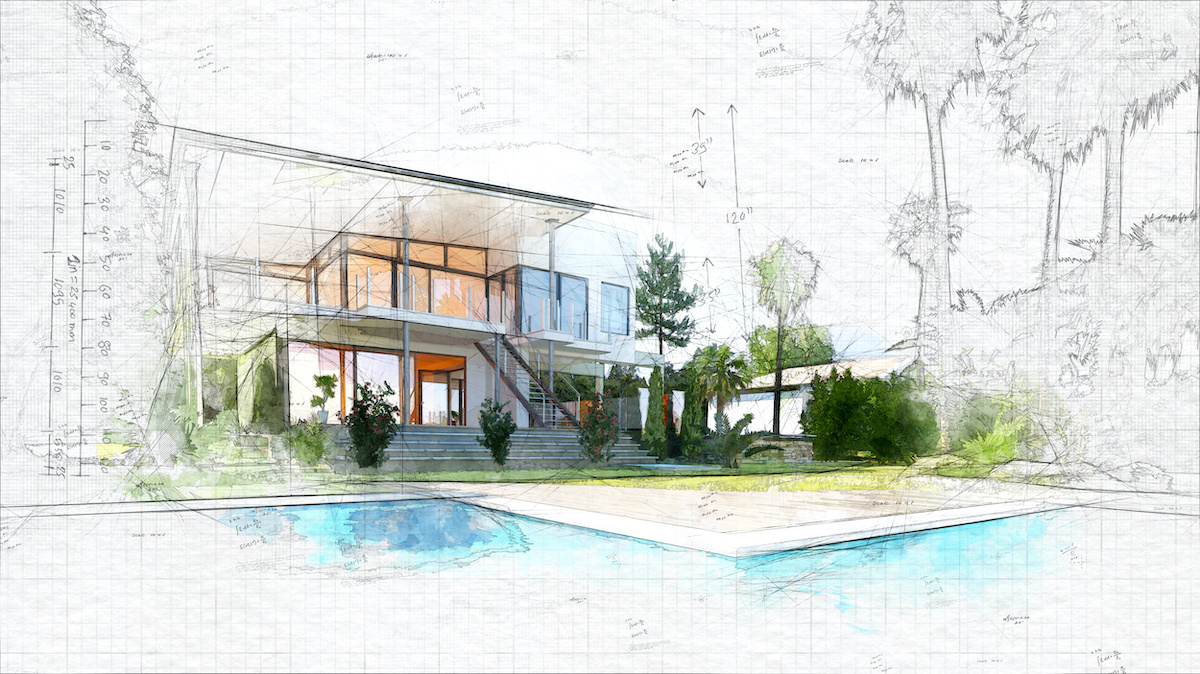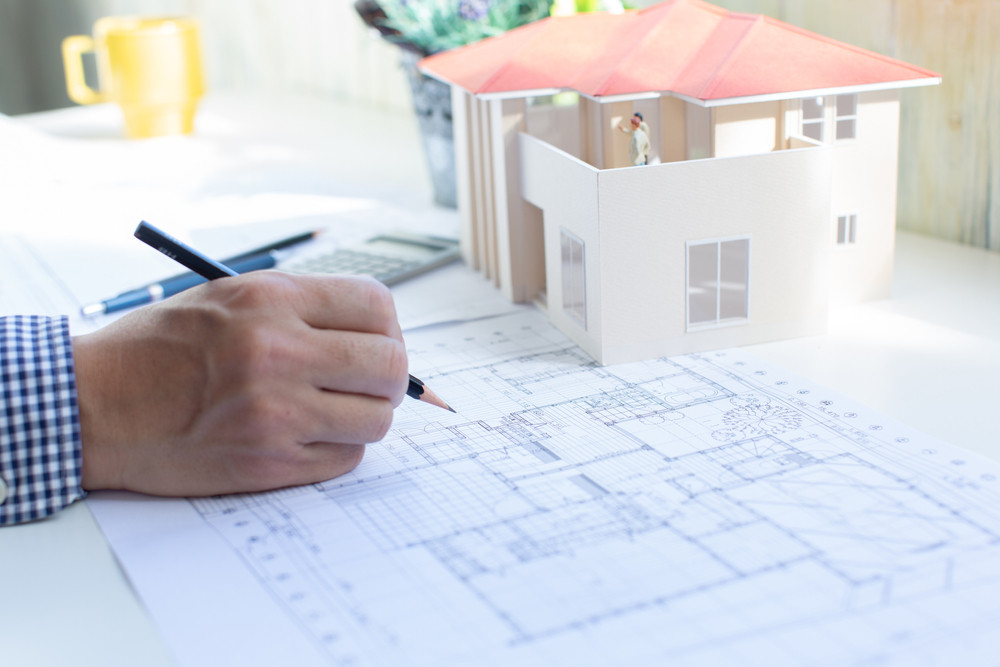Just How CDA Architects Incorporate Eco-Friendly Practices in Architectural Projects
Just How CDA Architects Incorporate Eco-Friendly Practices in Architectural Projects
Blog Article
A Thorough Summary of Architectural Styles and Their Impact on Modern City Preparation and Growth
Architectural styles have long offered as a mirror to the societal worths and technical improvements of their time, playing a vital role in forming modern-day city preparation and growth. From the majesty of Neoclassicism to the utilitarian approach of Brutalism, each style has actually presented unique principles that affect city aesthetic appeals and functionality.
Historic Overview of Building Styles

As cultures transitioned with the Center Ages, Gothic architecture arised, characterized by its verticality and elaborate detailing, mirroring the spiritual ambitions of the period. The Renaissance marked a rebirth of classical perfects, merging art and architecture in innovative manner ins which influenced succeeding designs across Europe.

Today, building styles proceed to evolve, driven by globalization and sustainability problems, mirroring a vibrant interplay in between heritage and technology. This historic summary underscores the relevance of architecture as a mirror of societal advancement and as a driver for city advancement.
Secret Architectural Styles Explained
The variety of building designs mirrors the myriad impacts that shape our built atmosphere, each embodying distinctive qualities and cultural significances. Key architectural styles include Classic, Gothic, Baroque, Modernism, and Postmodernism, each standing for one-of-a-kind historical contexts and aesthetic viewpoints.
Classical style, rooted in ancient Greece and Rome, highlights symmetry, proportion, and making use of columns (cda architects). On the other hand, Gothic style, growing in the Center Ages, is defined by sharp arches, ribbed vaults, and flying buttresses, developing a heavenly top quality in cathedrals. Baroque design, emerging in the 17th century, is noted by splendour, elaborate embellishment, and a vibrant interaction of light and shadow
Innovation, which got energy in the very early 20th century, focuses on function over type, utilizing new materials like steel and glass to develop minimalist frameworks. Postmodernism, responding against the austerity of Innovation, accepts eclecticism and historic reference, usually integrating lively elements and paradox.

Effect On Urban Planning
Fit the advancement of cities, building styles substantially influence city preparation choices. The option of building design usually determines the looks, functionality, and total character of metropolitan settings. Innovation, with its emphasis on minimalism and functionality, motivates open spaces and the combination of technology, shaping city designs that prioritize performance and access. Alternatively, typical styles might emphasize historic preservation, resulting in urban styles that preserve social heritage and promote pedestrian-friendly environments.
Additionally, building designs can impact zoning guidelines and land utilize plans. Urban planners need to consider the prevailing architectural patterns when developing districts, guaranteeing that brand-new developments integrate with existing structures. This consideration cultivates cohesive city landscapes and improves neighborhood identity.
The implementation of certain architectural styles can also influence socioeconomic variables within a city. For instance, premium modern layouts might draw in wealthy homeowners and businesses, bring about gentrification, while more budget-friendly real estate options check it out could prioritize useful and lasting styles to suit varied populations. Inevitably, the interplay between architectural styles and city planning develops dynamic cities that reflect both historic context and contemporary requirements, forming the lived experiences of their citizens
Sustainability and Modern Architecture
Building designs play a critical function in addressing contemporary challenges, especially in the world of sustainability. As urban areas expand and ecological problems heighten, modern style significantly accepts sustainable design concepts that prioritize energy performance, resource conservation, and very little eco-friendly effect.
Contemporary building activities, such as biophilic style and eco-friendly architecture, supporter for frameworks that harmonize with their environments, making use of all-natural materials and promoting biodiversity. These designs frequently incorporate renewable resource sources, such as photovoltaic panels and wind turbines, to decrease reliance on nonrenewable fuel sources and lower carbon impacts.
Additionally, the assimilation of advanced technologies, such as clever structure systems, boosts energy management, optimizing source use while making certain occupant comfort. Cutting-edge water monitoring methods, consisting of rain harvesting and greywater recycling, more contribute to sustainable urban environments.
Significantly, sustainability extends past environmental issues; it includes social and economic measurements. By fostering community wellness and advertising inclusivity, contemporary building styles line up with sustainable advancement goals. The advancement of building techniques proceeds to shape resistant cities that not only fulfill the demands of the present but also secure the future for generations to come.
Area Interaction in Style
Neighborhood interaction in design offers as an important bridge between designers and the populations they serve, making sure that the built atmosphere mirrors the demands and goals of its customers. This joint process welcomes neighborhood participants to contribute their understandings and choices, promoting a sense of possession and duty towards the areas they inhabit.
Efficient area involvement utilizes numerous methods, such as workshops, studies, and public forums, to collect diverse point of views. These strategies facilitate a two-way discussion, permitting designers to understand regional contexts while equipping residents to articulate their problems and desires. This inclusivity not only enhances the design high quality yet additionally advertises social equity by visit the site addressing the special obstacles faced by marginalized teams.
In addition, neighborhood involvement can bring about ingenious services that might not emerge in a conventional style procedure. By incorporating neighborhood understanding and cultural worths, architects can develop areas that resonate more deeply with customers, improving functionality and sustainability. Ultimately, focusing on community involvement in design processes causes settings that support social communications, assistance wellness, and enhance area ties, therefore playing a critical duty in shaping modern-day metropolitan Website landscapes.
Verdict
Building designs have profoundly influenced contemporary city preparation and growth, mirroring progressing social and technological contexts. As cities proceed to grow and adapt, the ongoing discussion between building heritage and modern-day layout concepts will continue to be necessary in creating comprehensive, dynamic areas that boost high quality of life and advertise social equity.
Report this page